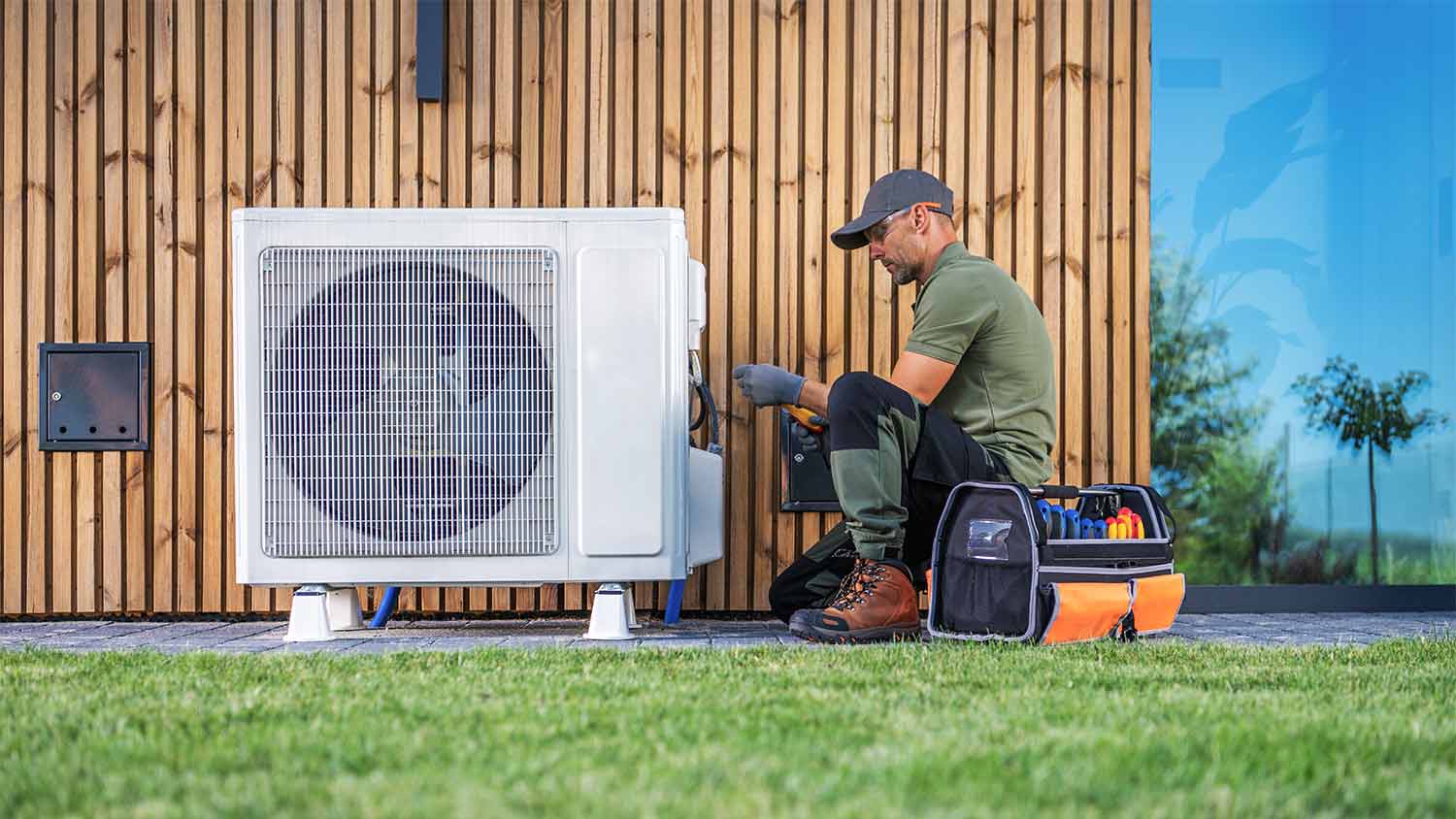
What you’ll pay in Columbus, OH, for furnace repairs depends on many factors. Here’s a breakdown of what can go wrong and the cost to fix those issues.


Mini-split sizes are determined by the number of British Thermal Units (BTUs) required.
You’ll need to measure your room’s square footage first.
To calculate the number of BTUs you need, multiply the square footage by 25.
Your local HVAC professional can help you install a mini-split.
Picking the right mini-split size is essential for efficiency, comfort, and cost savings. A unit that’s too small won’t cool effectively, while an oversized unit can waste energy and cycle on and off too frequently. To get that perfect level of comfort, you’ll need to do a little math—but don’t worry, no geometry degree is necessary for this project. It all starts with your room's square footage and ends with finding the perfect number of British Thermal Units (BTUs) to keep things cool. Let’s take a deeper dive.
When it comes to cooling a room, size matters—in this case, it’s all about the square footage. Pick a mini-split unit with too few BTUs, and your system will be working overtime just to keep up. Go too big, and you'll waste energy (and money) faster than you can say “climate control.” The chart below shows the sweet spot for your space—so that comfort isn’t a guessing game.
| Square Footage | Recommended BTUs |
|---|---|
| 100-150 | 5,000-6,000 |
| 150-250 | 6,000-9,000 |
| 250-350 | 9,000-12,000 |
| 350-450 | 12,000-15,000 |
| 450-600 | 15,000-18,000 |
Using your square footage measurements, apply the following formula to determine how many BTUs your mini-split needs:
BTUs = Square Footage x 25
Before selecting the perfect mini-split, you’ll need to determine your space’s square footage. Luckily, it’s easier than it sounds: just grab a tape measure, measure the length and width of the room, multiply the two, and there you have it—your square footage.
Length × Width = Square Footage
For oddly shaped rooms, break the space into squares or rectangles, calculate the square footage of each individual shape, and then add them all up.

Once you do the heavy lifting of determining what size mini-split you need, stop there—now’s the time to hire your local HVAC professional to install the unit for you. Although experienced DIYers can likely handle smaller installations, it’s best to leave this job to an expert who can have your new mini-split up and running in no time. This way, you won’t break a sweat and can instead enjoy the cool reward once the unit’s installed.
From average costs to expert advice, get all the answers you need to get your job done.

What you’ll pay in Columbus, OH, for furnace repairs depends on many factors. Here’s a breakdown of what can go wrong and the cost to fix those issues.

When your heat goes out, it can cause a bit of a panic. But knowledge is power, so let's go over radiator repair costs before that happens.

Whole-house humidifier costs vary based on the type and size of the unit, along with other factors. The price might be worth it for people living in dry regions.

Save energy and prolong the life of your heating pump with proper maintenance and preventative care. An annual service will keep things running smoothly.

Balancing your home’s radiators is a simple way to increase the efficiency and effectiveness of your HVAC system. Check out these 8 tips before you start.

Learn how to reset your boiler safely with our comprehensive guide. Don't let heating issues disrupt your comfort this winter.